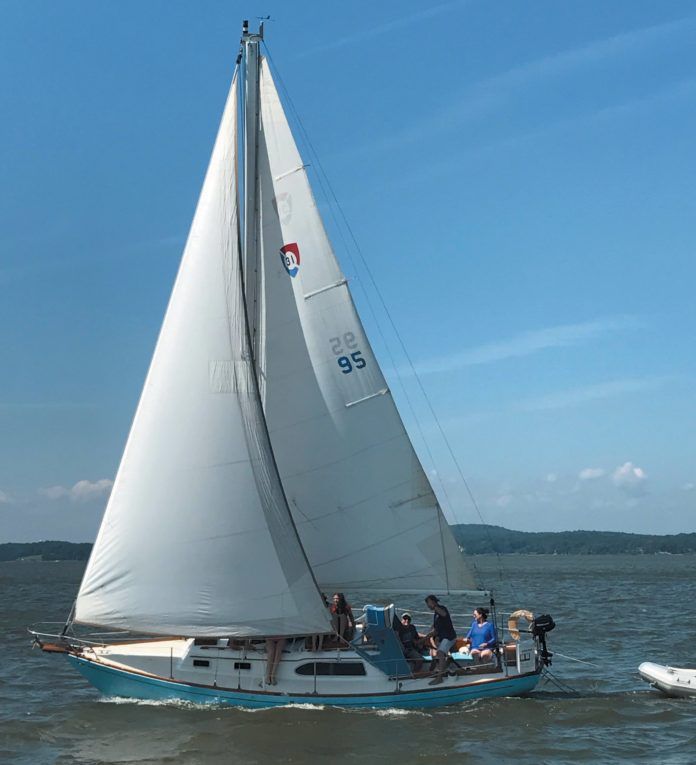Testing VHF Coaxial
Theres nothing quite like undefined acronyms and other jargon to alienate readers. What do SW or SWR mean? Defining these acronyms would go a long way to interpreting this important information to a wider audience of non-electronics savvy readers. Defining the difference RG8X and LMR type coax could also be helpful.
Eric Wommack
Winsom, Columbia 31
Newark, Delaware
The SWR referred to in the April 2019 article Special Report: How to Prevent AIS and VHF Antenna Malfunction, stands for standing wave ratio, a ratio used to express coaxial cable efficiency. A high SWR means poor efficiency. The online version of this article will link to a fuller explanation. Within the article was a link to a downloadable Excel spreadsheet created by Stan Honey (http://honeynav.com/VHF-coax-loss-calculator/. The table lists the specifications of various categories of coaxial cable and allows you to compare signal loss. For example, according to the table LMR400 is larger diameter than RG8x and has less signal loss. Remember, if you use the LMR-LW (lightweight) cable you must use a connector with a crimp for the shield because the shield braid is aluminum and wont solder with conventional flux and solders.
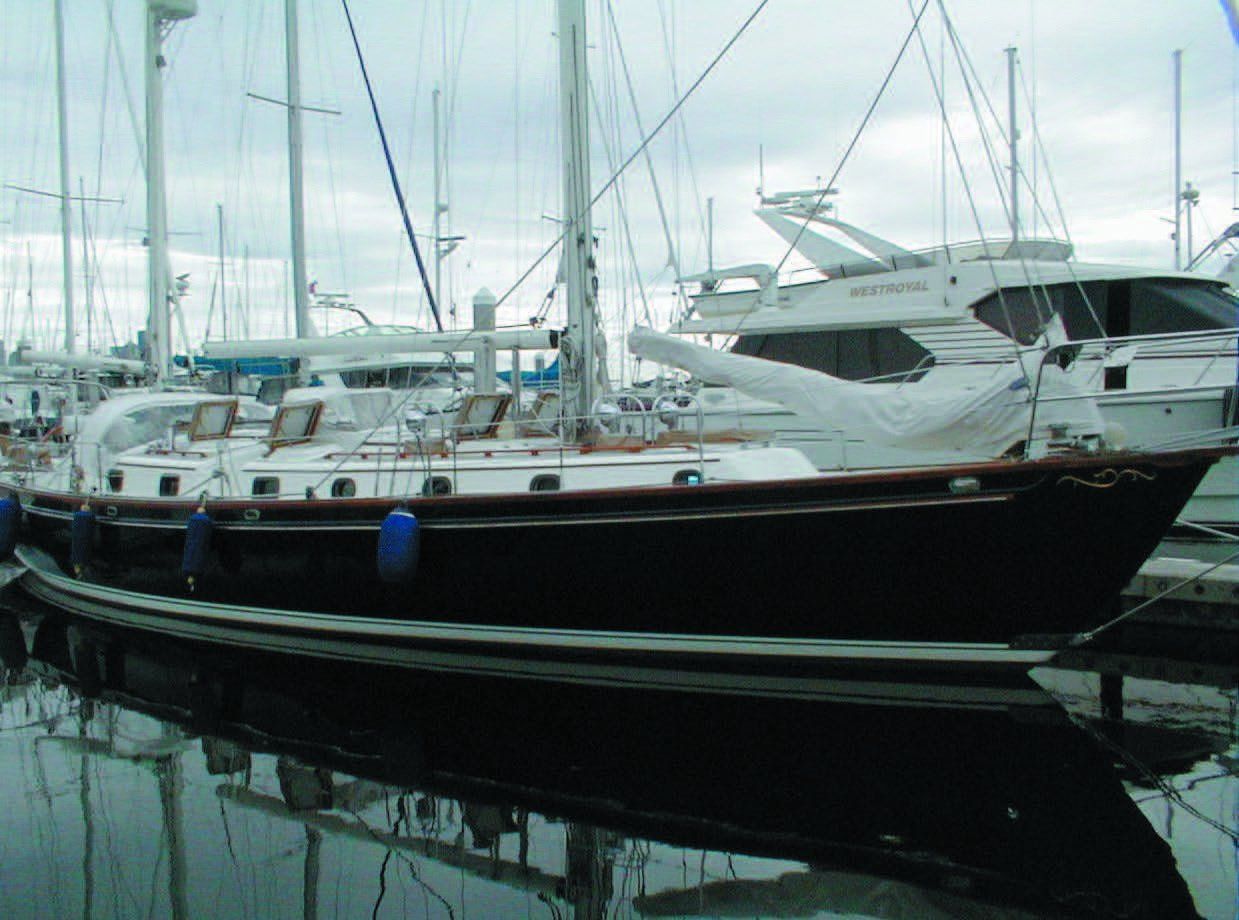
Skyroam Global Hotspot
Regarding your request for input on communication solutions for cruising boats: I recently had the opportunity to use the Solis Skyroam global hotspot on a boat cruising Mexico and Central America. For a monthly/daily or data-based fee the unit provides up to unlimited data worldwide through a virtual SIM card that automatically accesses various cell networks around the globe. Once registered and turned on, the unit (a little bigger that a hockey puck) acts as a hotspot for up to about five devices. Speeds arent always great as the device is somewhat limited both by the quality of whichever cellular network it automatically connects to (along remote Central American coastlines, 2G and 3G are common), as well as the number of devices accessing it. Speeds are less of a problem when in US or EU waters. Nevertheless, it did seem to work well enough for basic email and some surfing as long as we were within cell phone range and patient. The few times it made a strong LTE connection, we were even able to stream video.
The unit isn’t weatherproof so the puck has to be located well out of the weather yet ideally as high as possible, for maximum range.
It has an internal battery which allows it to be temporarily placed on deck, in the cockpit or taken ashore. It has both 120V AC and 12V charging capability through a USB-C connection, and apparently can be left plugged-in indefinitely while using. I would love to hear from anyone who has had more experience with this than I have.
David Roddy
Rhapsody, Shannon 50
Seattle, WA
Cold Water Survival
Regarding the March 2019 report, Cold Water Survival: Hypothermia is a very real and often misunderstood issue. I too am a longtime sea kayaker and Ive taught Kayaking in a Cold Water Environment to hundreds of people in our area. People die in my area (Puget Sound, WA) nearly every year from capsizing and not wearing effective thermal protection. I highly recommend the Cold Water Bootcamp videos.
Arthur Carte
Via email
Boat monitors
I enjoyed the article on high-tech boat monitors (see PS April 2019), but also wanted to let you know of a much simpler and cheaper alternative if you have WiFi at the dock. I have been using Amazons BLINK cameras on Moonraker over the past two years and the system has worked very well. For a few hundred dollars you can install a camera or two that will give you a live view on your phone, alert you to intruders, and even monitor the temperature in the cabin and let you know if it gets too hot or cold. While the system will not monitor water in the bilge or battery voltage, the live view with sound gives us an indication of what is running. We were even able to see in the cabin while Hurricane Florence hit the east coast of North Carolina and winds whipped up – until the power went out. Although I would love to have a fancier system on board, being able to see within the cabin and monitor the basics is all that I need right now. And it cost $200 with no monthly fees at all. It’s worth thinking about – and we have the system in our house also.
Andy Schneider
Moonraker, Hanse 385,
River Dunes, North Carolina
Varnish Takedowns
Regarding your recent Inside Practical Sailor blog post on varnish care, the tradition of first coating exterior wood with diluted varnish, then multiple coats later is coming to an end in my opinion. High quality specialized marine epoxies now dominate, and for good reason. CPES travels deep into bare wood and reacts favorably with teak resins, forming a formidable barrier, given the time to properly cure. Awlgrip makes a three-part epoxy system for wood that tests well so far. Properly applied and cured, these materials are a far superior base than varnish alone, and are much faster to finish out, as in days not weeks. The big restoration houses use penetrating epoxy by the barrel. Time is money sayeth Vespucci.
Bruce McElya
Aiken, SC
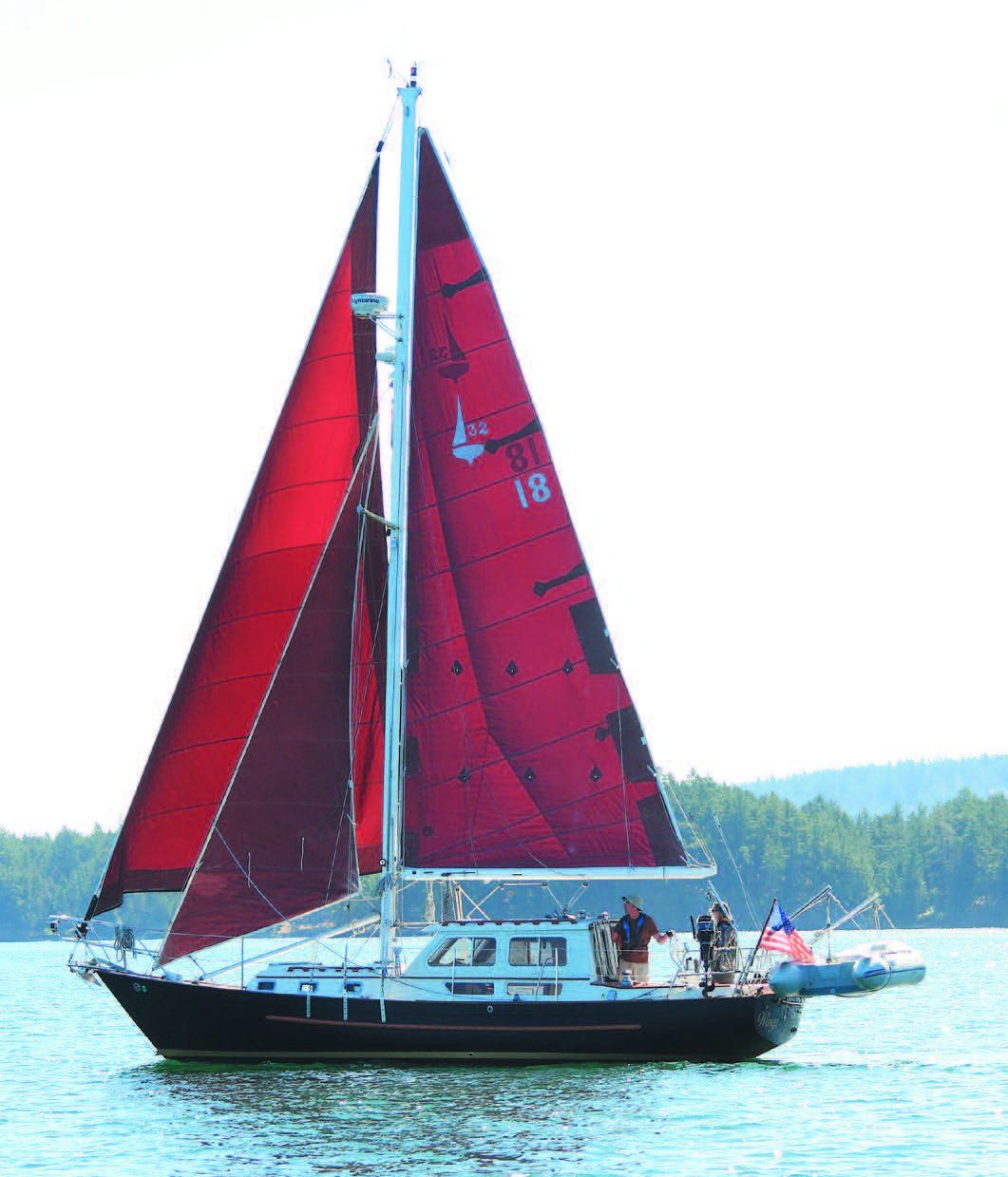
Soft Shackles
I liked your article on soft shackles very much and made a few soft shackles in various diameters and lengths (see PS April 2015 Going Soft on Shackles). I made the Allen Edwards style and I like the ease of opening. I would suggest adding a few inches to the line length than the calculator gives. This will leave longer tails and more options for tightening the diamond knot. I joined the tails with a fishermans knot to make a loop and then pulled on the loop with a woodworkers vise. A sailboat winch would work also.
Todd Thackray
Wings, Pacific Seacraft PH 32
Puget Sound, WA
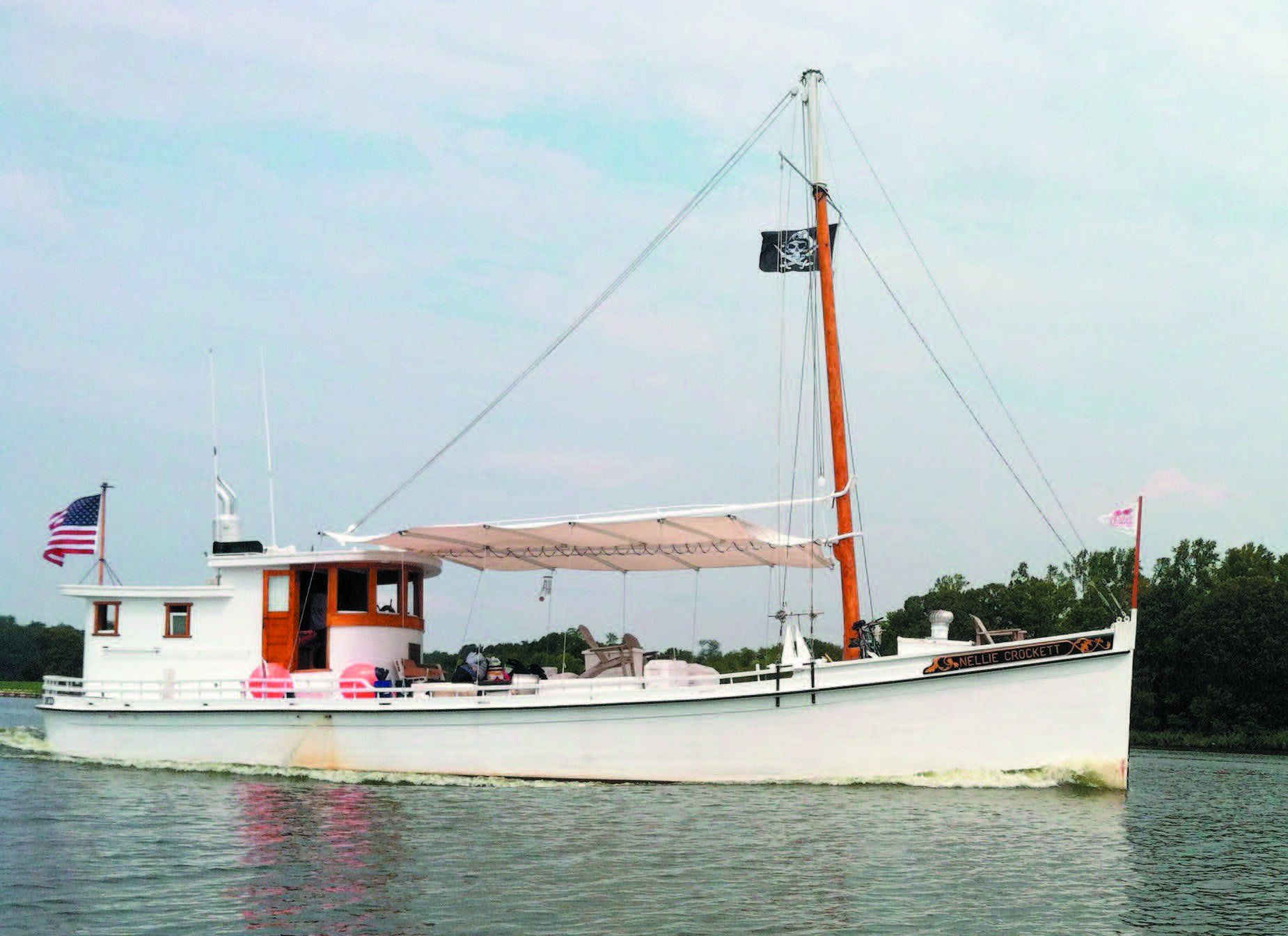
Urethane Over Durabak
I have used Durabak white for maybe fifteen years. I agree with your report that after two or three years it begins to wear and darken (see PS January 2017, Durabak Nonskid Coating Long-term Test Update). It also peels at the edges. One solution is paint it with a urethane coating (such as Awlgrip). Over coating gets seven-ten years. The non skid is great in terms of texture, but the paint breaks down either via wear or sun exposure here in the Chesapeake.
Theodore Parish
Nellie Crockett,
1925 Chesapeake Bay Buy-boat
Georgetown, MD
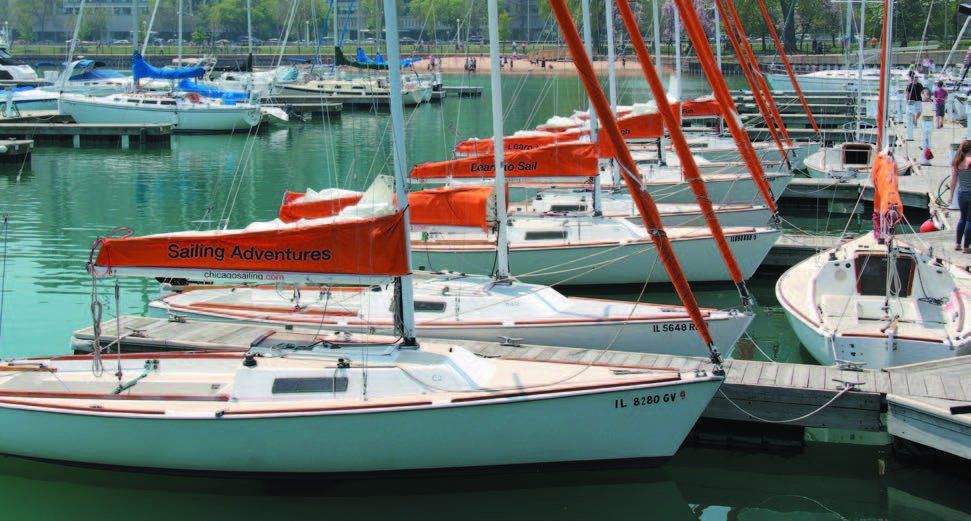
Durabak Nonskid Coating
Regarding your recent report on Durabak, Ive had much the same experiences as mentioned in the article plus: poor non-skid properties after a short time (less than one season), the ground rubber began to leak through the paint, causing discoloration, heavy build up, and it began lifting at edges as it aged. The product was exceedingly difficult to remove, but I am so happy it is gone! Now I use KiwiGrip with Grip Tex. It is much easier to apply and more traction as long as GripTex is sprinkled into the finish. Just make sure the surface is properly prepared in advance. Make sure to remove tape as you go along, else you may have to cut it on the seam.
Alan Veenstra
www.chicagosailing.com
Belmont Harbor, Chicago
Correction: The April 2019 issue of Practical Sailor misidentified some electrical connectors on page 13. This has been corrected online.





























